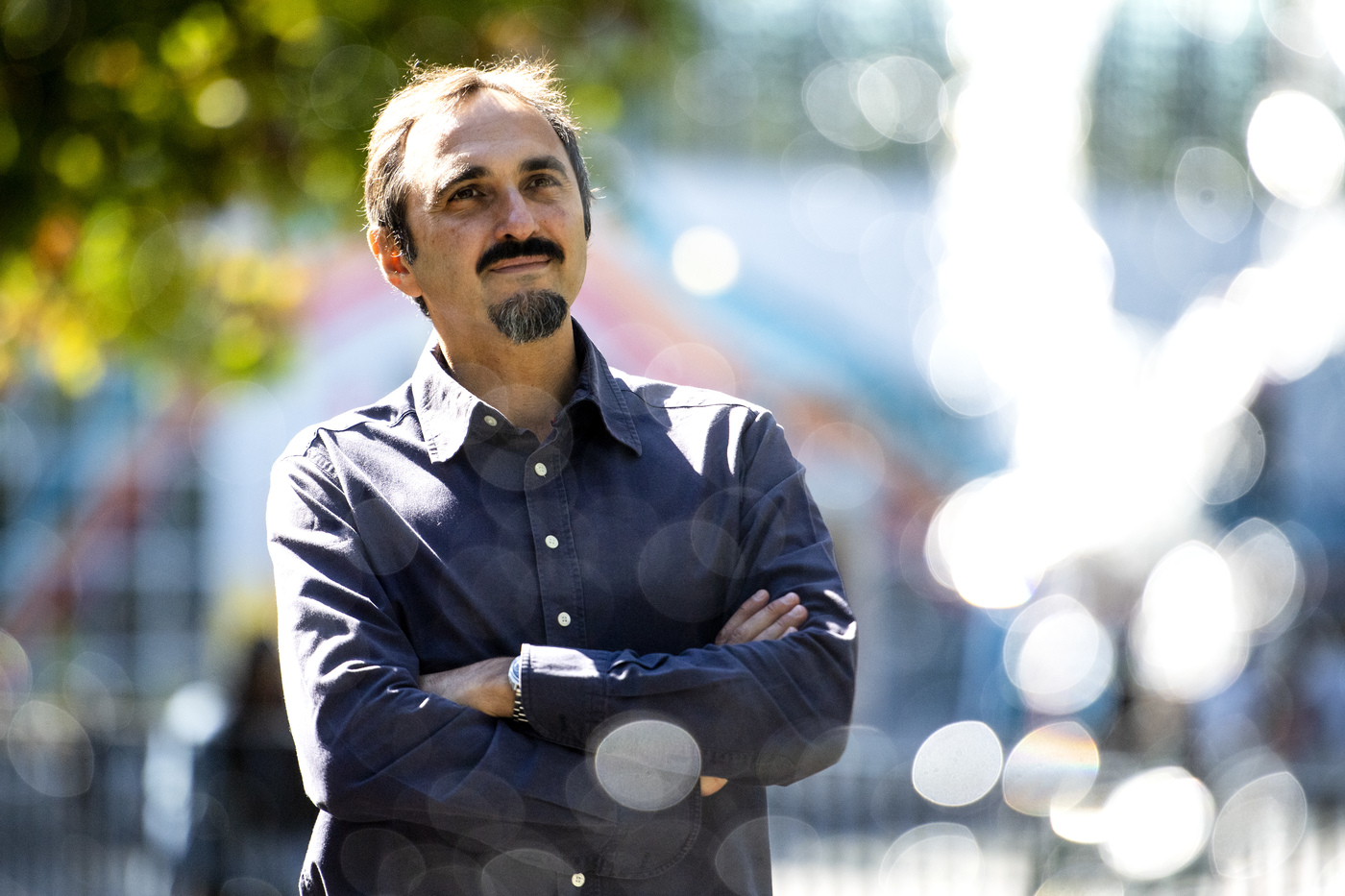
Data sonification, or the practice of representing data through sound, is a line of research that Northeastern University’s Paolo Ciuccarelli, Professor in Art + Design and Director of the Center for Design (CfD), is exploring and developing. While the use of sound to convey information is not new, data sonification is now being used to communicate and reach wider publics by expanding the range of languages and senses for understanding complex issues in data-intensive societies. An article addressing data sonification – exploring specifically intentionality and design in the data sonification of social issues – written by Professor Ciuccarelli and co-authored by Sara Lenzi of Politecnico di Milano’s DensityDesign Research Lab, was recently published in Big Data & Society. This peer-reviewed scholarly journal publishes interdisciplinary work focusing on the social implications of developments in data technologies.
“The use of sound – a sensory modality often described as engaging listeners at a visceral, intuitive level – to represent data has, in recent years, gained momentum,” explained Professor Ciuccarelli, who provides an overview of his paper on Big Data & Society’s blog. “This comes at a time when traditional visual representational methods struggle to support publics in gathering insights and engaging with complex, abstract, multi-dimensional sets of data so that awareness and knowledge is increased.”
Communicating to wider publics, though, requires that authors intentionally shape sonification in ways that consider the goals and contexts in which publics relate. It requires a specific set of knowledge and skills that design as a discipline could provide.
In their article, Professor Ciuccarelli and Lenzi introduce intentionality as a framing condition for sonification as a design process. They analyze and interpret five recent sonification projects and locate them on a scale of intentionality in how authors communicate socially relevant issues to publics. Taking into consideration explicit statements of the authors/designers of these sonifications, they distribute the works on a scale from a higher to a lower degree of intentionality.
They draw from specific examples and cases in their analysis, but many questions remain – “can data really speak from themselves? What is the role of the author in shaping the message conveyed to the listener through sound?” Ciuccarelli and Lenzi recognize the inevitability of a communicative relationship in every translation process – and the need to design it intentionally and responsibly for data sonification to become an important medium of communication for a wider audience.
As data has increasingly expanded into everyday life, designers and researchers are faced with questions about how this data is represented and communicated – particularly when it comes to data that deals with complex social issues. Professor Ciuccarelli is interested in these investigations, with his research focusing on the design transformations that help make sense of data and information to improve decision making processes. He is especially interested in the context of non-experts stakeholders and for controversial complex social issues. Last year, Professor Ciuccarelli’s co-authored paper that the use of data sonification to improve decision-making processes in the context of cybersecurity, was recognized with the “Best Use of Sound” Award. More recently, he co-led a project, Design for Emergency, that attracted global attention, which is an open design platform aimed at helping the global community face the current health emergency together.


